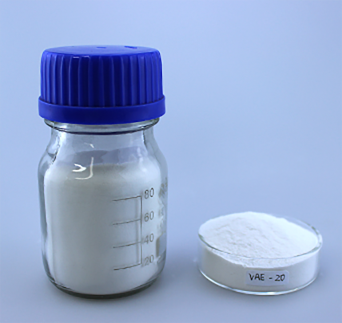
Nov . 09, 2024 06:52 Back to list
HPMC Pricing Trends and Market Insights for the Upcoming Year
Understanding HPMC Price Trends and Factors Influencing Cost
Hydroxypropyl Methylcellulose (HPMC) is a versatile chemical compound widely utilized in various industries, including pharmaceuticals, food, cosmetics, and construction. Its unique properties, such as film-forming ability, water retention, and thickening, have made it a key ingredient in many products. As a result, the price of HPMC is of significant interest to manufacturers and consumers alike. This article explores the factors influencing HPMC pricing, current trends, and future projections.
Factors Influencing HPMC Prices
1. Raw Material Costs The primary ingredients for HPMC synthesis include cellulose and propylene oxide. Fluctuations in the prices of these raw materials significantly impact HPMC costs. For instance, changes in the supply chain or increased demand for cellulose can lead to higher prices, which are often passed on to consumers.
2. Demand and Supply Dynamics The equilibrium between demand and supply plays a crucial role in determining HPMC prices. The construction industry, which utilizes HPMC in polymer-based adhesives and thickening agents, has experienced fluctuations due to economic conditions. For example, during construction booms, the demand for HPMC can surge, driving prices up. Conversely, an economic downturn could lead to a decrease in demand, thus lowering prices.
3. Geopolitical Factors Global events, including trade policies, tariffs, and geopolitical tensions, can also affect HPMC prices. For instance, restrictions on imports or exports due to geopolitical issues may limit the availability of raw materials, subsequently increasing prices. An example of this could be trade tensions between major economies, impacting the supply chains for essential components.
4. Technological Advancements Innovations in production processes can lead to changes in cost structures. If manufacturers adopt more efficient methods or raw materials that are less expensive, this could reduce the overall price of HPMC. Conversely, if companies invest in new technologies without optimizing production costs, HPMC prices may rise due to higher operational expenses.
5. Market Competition The level of competition among HPMC manufacturers can lead to variations in pricing. In a highly competitive market, companies may lower prices to capture a larger market share. On the other hand, if there are only a few players, they may maintain higher prices. Understanding the competitive landscape is crucial for predicting pricing trends.
hpmc price

Current Trends in HPMC Pricing
As of late 2023, HPMC prices have seen a combination of increases and stabilization, depending on regional factors. In developing regions, rapid industrialization and increased construction activities often lead to elevated demand, thus elevating prices. On the other hand, in more saturated markets, price competition may lead to stabilization or even decreases in HPMC costs.
Additionally, the growing popularity of environmentally friendly products has encouraged manufacturers to explore sustainable sources for HPMC production, which may affect pricing strategies. As brands aim to meet consumer demand for green products, the cost associated with sustainable practices could initially raise prices but may ultimately become balanced as technologies mature and production scales increase.
Future Projections
Looking ahead, the HPMC price landscape will likely be shaped by several dynamics. The ongoing push for sustainable and eco-friendly products across sectors may lead to increased investment in innovative HPMC production methods, potentially stabilizing prices in the long run. Furthermore, advancements in alternative materials and bio-based ingredients could introduce competition and influence pricing strategies.
Additionally, as global economies recover from past disruptions, HPMC demand is anticipated to rise, particularly in the construction and pharmaceutical sectors. Monitoring economic indicators, such as construction activity levels and healthcare trends, will be crucial for understanding future price movements.
Conclusion
In summary, the price of HPMC is influenced by a complex interplay of raw material costs, demand-supply dynamics, geopolitical factors, technological advancements, and market competition. As industries evolve and adapt to new consumer demands, understanding these factors will be key to navigating the HPMC market. Stakeholders should keep a close eye on trends and forecasts to make informed decisions regarding pricing strategies and product offerings in this dynamic market.
-
Versatile Hpmc Uses in Different Industries
NewsJun.19,2025
-
Redispersible Powder's Role in Enhancing Durability of Construction Products
NewsJun.19,2025
-
Hydroxyethyl Cellulose Applications Driving Green Industrial Processes
NewsJun.19,2025
-
Exploring Different Redispersible Polymer Powder
NewsJun.19,2025
-
Choosing the Right Mortar Bonding Agent
NewsJun.19,2025
-
Applications and Significance of China Hpmc in Modern Industries
NewsJun.19,2025







